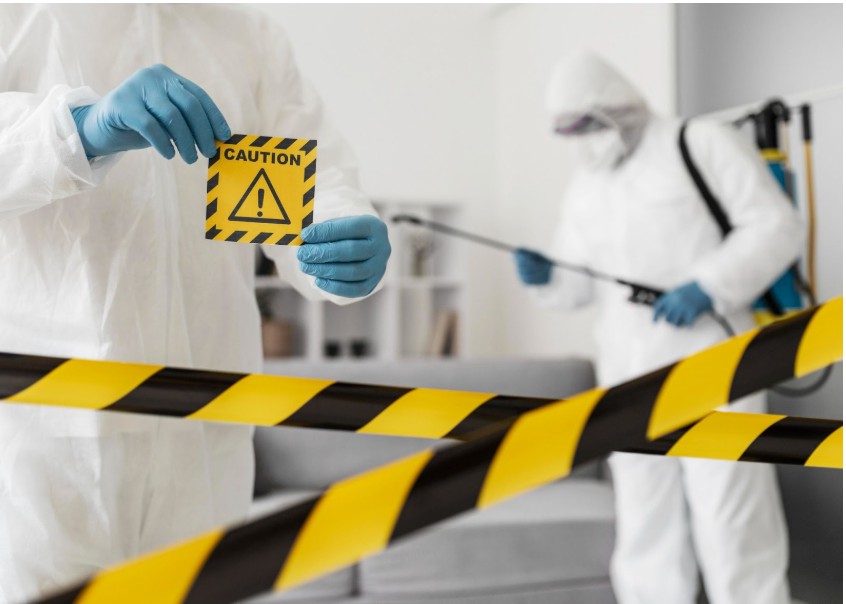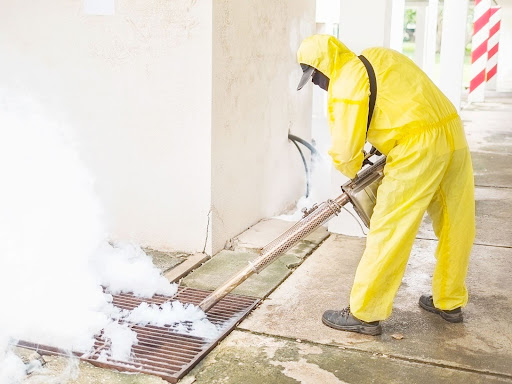Asbestos, once celebrated for its durability and fire-resistant properties, is now recognized as a major health hazard. Asbestos exposure is linked to serious diseases like mesothelioma, lung cancer, and asbestosis. So, when was asbestos banned in California, and what are the laws that helped shape the current regulatory framework?
This blog provides a detailed overview of California’s journey to regulate and restrict asbestos use, along with the regulations in place today.
The History of Asbestos Use and Its Health Risks
Asbestos, a mineral used in construction, automotive products, and consumer goods, became widely used throughout the 20th century. However, the material’s toxicity became clear as studies revealed its connection to deadly respiratory diseases. With this growing knowledge, government agencies worldwide, including California, started addressing asbestos exposure.
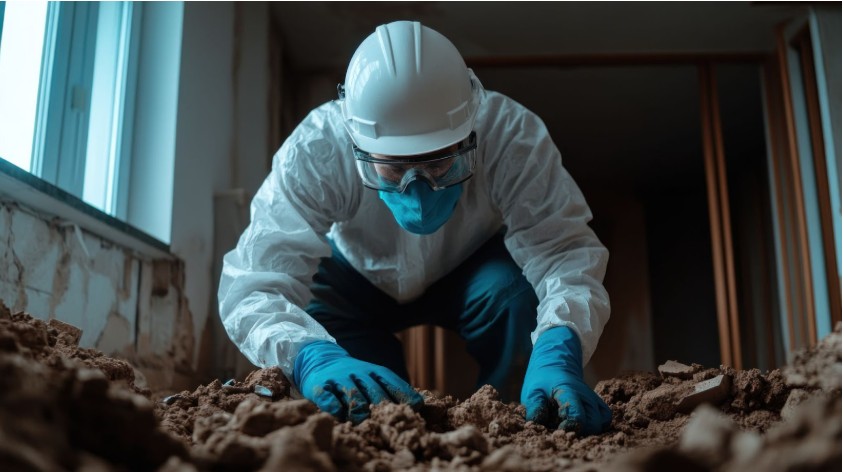
In the U.S., the Environmental Protection Agency (EPA) and state-level organizations, like Cal/OSHA, implemented regulatory measures to reduce exposure.
When Was Asbestos Banned in California?
California took bold steps to combat the dangers of asbestos exposure, starting with a 1978 ban on its use in insulation materials. However, the regulation didn’t end there. California’s comprehensive approach involved restricting asbestos use across various industries in the following decades.
Key Milestones in Asbestos Regulation in California:
- 1978: California’s statewide ban on asbestos-containing insulation materials in construction.
- 1986: The state enacted strict workplace safety standards for asbestos removal, overseen by Cal/OSHA.
- 1990s: Further restrictions on asbestos-containing products, including in schools and commercial buildings, were implemented.
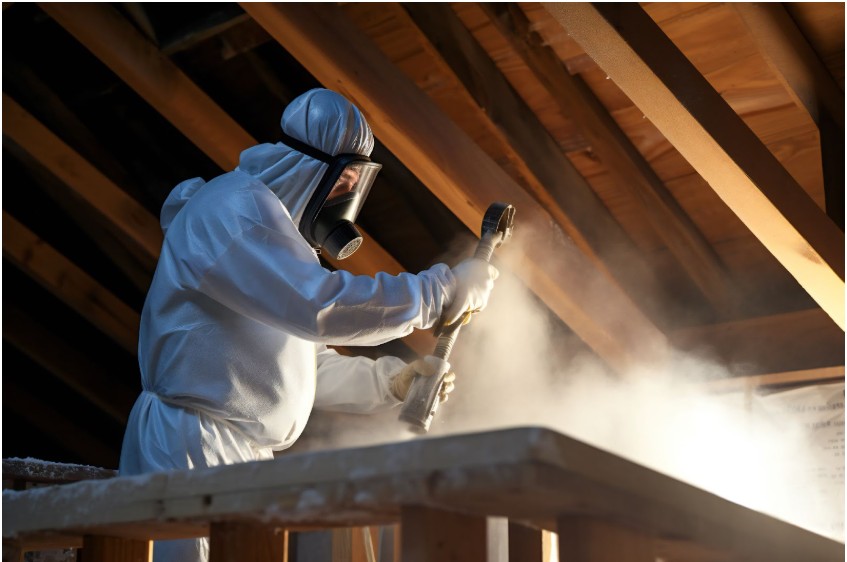
Asbestos use in insulation was among the first materials banned, but the state’s approach evolved to address additional risks as new scientific evidence emerged.
Also Read : When Did They Stop Using Asbestos?
The Role of California’s Regulatory Bodies
Two primary bodies oversee asbestos-related issues in California: Cal/OSHA and the California Department of Public Health (CDPH).
- Cal/OSHA has strict regulations (Title 8, Section 1529) that define the safe limits of asbestos exposure in workplaces, particularly in industries like construction, demolition, and shipbuilding.
- The CDPH enforces public health regulations and offers information on asbestos awareness and safe removal practices.
California’s asbestos regulations remain some of the most stringent in the nation, designed to ensure the health and safety of workers and the public.
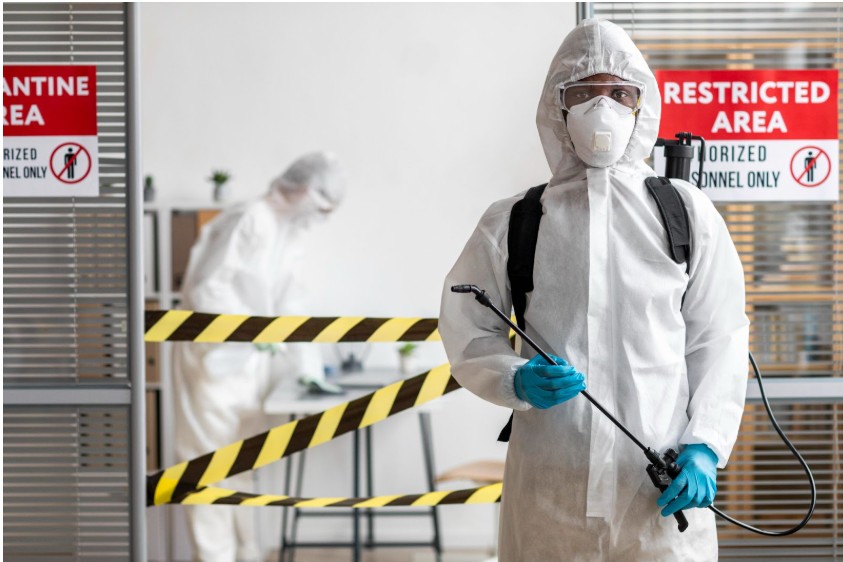
California’s Continuing Asbestos Regulations
Even though the use of asbestos has dramatically decreased in California, older buildings still contain asbestos-containing materials (ACMs). Asbestos-related risks have not disappeared, and California’s regulatory landscape remains vigilant.
Recent updates continue to enforce stringent asbestos removal protocols, especially in homes and workplaces that were built before the late 1970s. Proposition 65, passed in 1986, requires businesses to provide warnings when asbestos or any carcinogenic materials are present, ensuring consumers are informed.
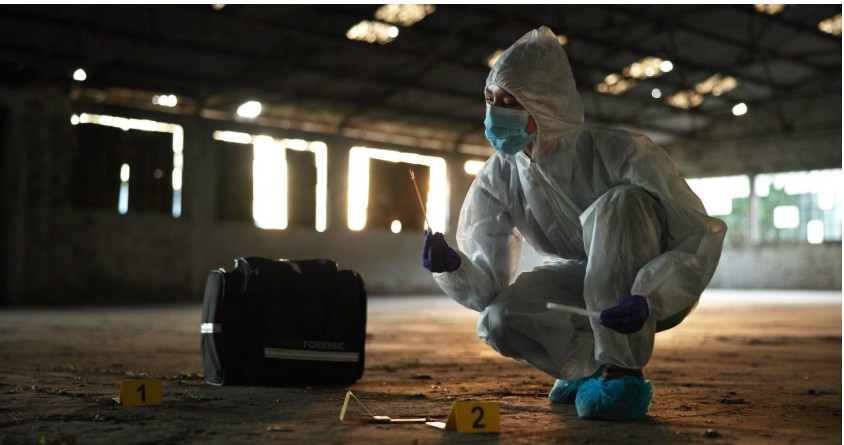
Key Takeaways on Asbestos Bans and Regulations in California
California has made significant progress in restricting asbestos use, beginning with the 1978 ban on asbestos insulation and continuing with modern regulations enforced by Cal/OSHA. The state’s ongoing efforts aim to reduce the health risks of asbestos exposure through detailed guidelines and the enforcement of safe removal practices.
Frequently Asked Questions
1. Is asbestos completely banned in California?
No, asbestos is not completely banned in all industries. However, its use has been severely restricted, especially in construction materials, insulation, and consumer products. California’s Proposition 65 mandates warnings on products that contain asbestos.
2. What are the current asbestos regulations in California?
Cal/OSHA has comprehensive regulations to limit exposure, including workplace safety standards, air monitoring, and removal procedures. These regulations ensure asbestos is handled safely in construction, renovation, and demolition projects.
3. How do I know if my building contains asbestos?
Buildings constructed before 1980 are more likely to contain asbestos. If you suspect your building has asbestos, it’s important to hire a licensed asbestos professional for testing and safe removal.
4. Can I renovate a house that contains asbestos in California?
Yes, but renovations in buildings containing asbestos require careful handling. California law mandates that only licensed asbestos contractors can perform asbestos removal, and specific safety protocols must be followed.
Conclusion: California’s Leadership in Asbestos Regulation
The fight against asbestos exposure in California has come a long way since the 1978 ban on asbestos insulation materials. Through Cal/OSHA regulations and ongoing public health efforts, California leads the way in ensuring that workers and residents remain protected from the dangers of asbestos. Understanding and complying with these laws is crucial for any business or homeowner involved in renovations or construction. If you believe your property contains asbestos, always consult with certified professionals to ensure safe removal.
For further information on California’s asbestos laws, you can visit official resources such as Cal/OSHA or the California Department of Public Health.

